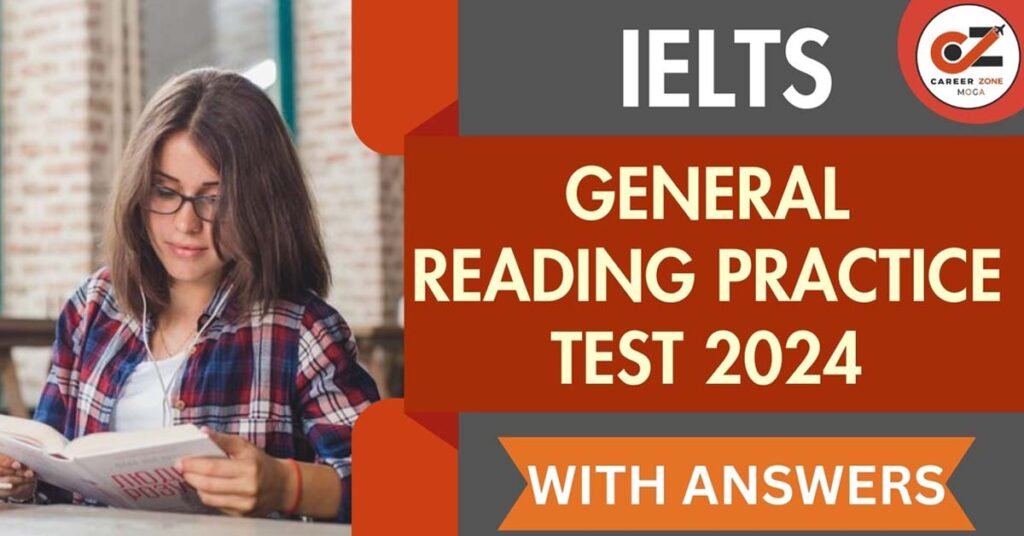Table of Contents
IELTS Reading – True False Not Given Tips
How to do TRUE/FALSE/NOT GIVEN in IELTS Reading
It is important to know the difference between the two question types. True/False/Not given questions ask you to check whether a given statement stands confirmed by information/facts given in the text, stands contradicted (opposite is started in the text) or is neither confirmed nor contradicted. So, check the facts/information. Yes/No/Not given questions ask you to check whether a given statement stands confirmed by views/claims of the author, stands contradicted (opposite is stated in the text), or is neither confirmed nor contradicted. So, you check the author’s views/claims/opinion for which you need to draw conclusions from the text to answer.
Common Problems
The biggest problem here is the ‘not given’ option. Most students are not used to answering questions like this and it causes them lots of problems because they are not sure what to look for. They also spend too much time making sure that it is ‘not given’ and this affects the rest of their test.
Students also fail to understand exactly what each statement means and therefore cannot identify if it is true or false. Many focus on keywords instead of understanding what the statement as a whole means.
Another common mistake is identifying keywords in the statements and then trying to find words that exactly match them in the text. You can do this, but more often the words will be synonyms.
Finally, some students fail to understand exactly what true, false and not given actually mean and get confused.
Now let’s look at solving these common problems.
To give correct answers, you need to understand what True/False/Not given implies:
– True means that the information found in the text agrees with the idea in the statement. However, you should look for synonyms and paraphrases.
– False means that the information found in the text disagrees with the idea in the statement. Pay attention to qualifying words (all, very, purely, some, often, sometimes, occasionally), negatives (not, never, none, no one, barely, hardly, scarcely) and comparisons (better, worse, more/less than), as they may change meaning.
– Not given means that in the text there is no information about the idea expressed in the statement, that is, the information in the text neither agrees nor disagrees with the idea in the statement. If the text has some words related to the statement but does not give full information needed to answer the question, choose Not given.

Step by Step True/False/Not given strategies:
Step 1
Read the instructions carefully. Note that yes/no/not given questions ask you to identify the writer’s opinion.
Yes: If the statement agrees with the views of the author
No: If the statement contradicts the views of the author’
Not given: If the writer does not give an opinion on this point
On the other hand, true/false/not given questions ask you to identify the facts.
True: If the statement agrees with the facts stated
False: If the statement contradicts the facts stated
Not given: If the statement neither agrees with, nor contradicts the facts stated
Step 2
Preview all the statements to get an idea of the topics you will be searching for in your reading text.
Step 3
Preview the text to form an idea of what could lie where.
Step 4
Look for key word, the main point or opinion given in the statement.
Step 5
Scan the text to locate the section which refers to that idea. If you come across information relating to other statements, put a mark beside the section so that you can find it quickly again later.
Step 6
Decide if the statement agrees with the facts/views of the author (mark true/yes) or disagrees (mark false/no) on your answer sheet. If the passage is silent or the author does not give an opinion, mark not given. Be careful about qualifying expressions like, sometimes, always, mostly, etc. This will help you differentiate between False/No and Not given.
FAST COMMON STRATEGIES:
Paraphrasing:
Sometimes, there are chances of getting rephrased sentences. It becomes easy to find whether the sentence is True, False or Not Given.
Synonyms/Opposites:
The best way to determine the sentences is just by looking at the keywords which can be either synonym or antonym.
Don’t get confused between False and Not Given:
This may sound obvious. But the statement does not necessarily have to be either True or False. At times the information may not be given in the passage.
Follow 3 C’s
– Confirmed – True
– Contradictory – False
– Confusing – Not Given
Students’ often find it difficult to differentiate a ‘false’ and a ‘not given’ statement. It needs to be noted that the answer is ‘false’, if the opposite is stated somewhere in the text. The answer is ‘not given’ if there is incomplete information or no reference is provided with regard to the required information. Here are a few short statement questions to enable students to differentiate among true/false/not given or yes/no/not given.
Thanks for visiting our Posts.

- BEST IELTS General Writing Task 1, 8th July

- BEST IELTS Writing Task 2, 8th July

- BEST IELTS Academic Writing Task 1, 8th July

- BEST IELTS Speaking Test, 8th July

- BEST IELTS General Reading Test 470

- BEST IELTS Academic Reading Test 470






